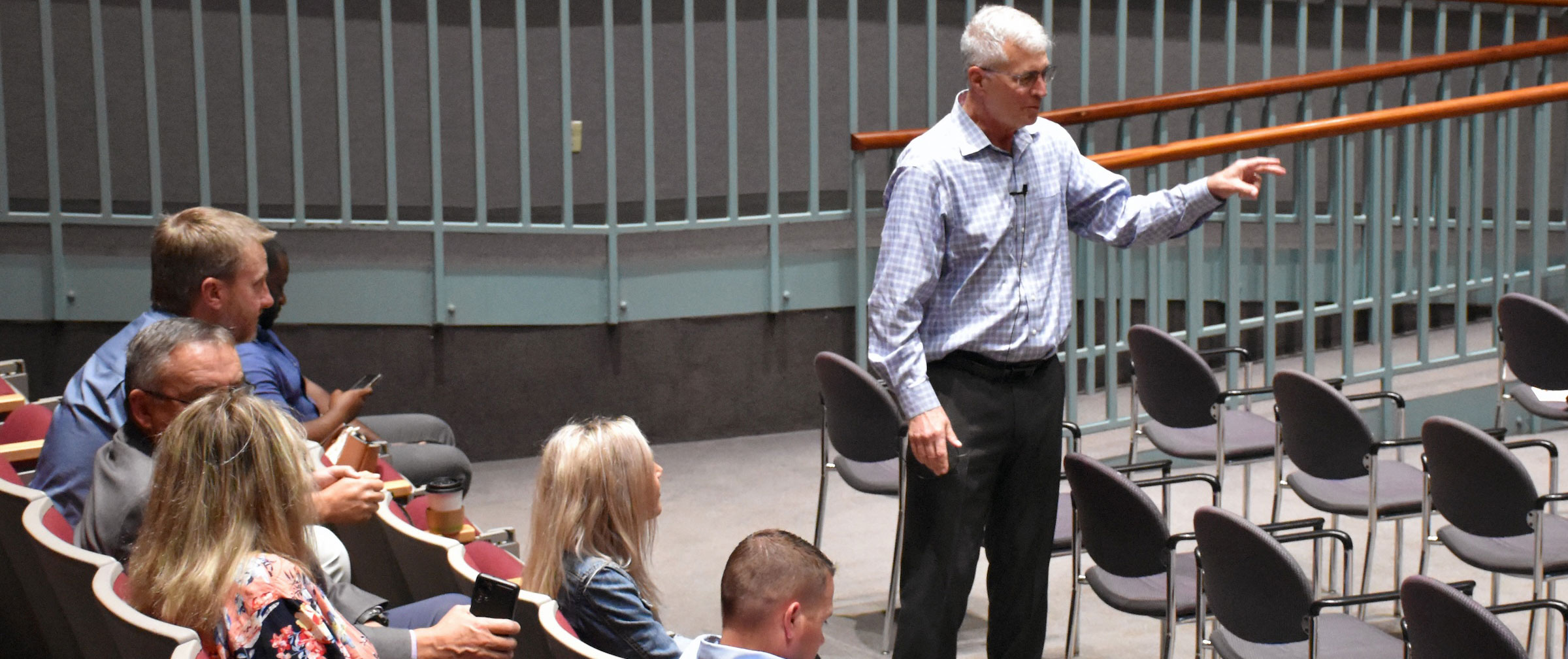Physician Splitting between Hospitals…. Hedge or good business?
I was visiting with a hospital CEO in Alabama last week and we were talking about the apparent large volume of independent physicians that admit to both his hospital and to the competing facility. The term used by hospital administrators for those physicians is “splitters”. We were discussing strategies on how to get those “splitting” physicians to only come to that facility. These strategies even included employing the physician so as to “force” that physician to practice at that facility.
When I was first in practice, it was the rule to admit to several facilities and be on multiple hospital medical staffs. I admit it was inconvenient at times to have to rush between hospitals, but patients had their preference and I simply figured it was the way it was. I did envy the hospital-based physicians such as the radiologist who rarely had to leave that facility. It always seemed I was at the “other” hospital when an emergency came up with my patients. It was a real pain to deal with the different policies and medical records in the different facilities. I hated having to go to medical staff meetings for multiple facilities. I despised the inefficiencies of all the traveling. I could be seeing patients during those times. Many times those travel times interrupted my lunch.. or dinner. And of course, that was before cell phones. I suppose I was a reluctant obligate “splitter”.
For many specialists, it was simply necessary to be at multiple facilities in order to be responsive to the referring physician and the patient. Obviously, the more specialized the physician, the larger the population that the physician must serve. In that case, no one hospital may be able to accommodate that physician’s practice.
But times have changed; in 2015 is there still a need to practice at multiple hospitals?
From the perspective of the physician, even with managed care networks, there still is a fair amount of patient choice, so one could still lose a patient if the physician did not go to the other facility. Going to multiple hospitals for many is still an economic necessity. Sometimes it even feels good to be at more than one hospital. If anything ever went down in one hospital that I did not like, for example, I could always go to the other one. It was a great hedge. It gave me some sense, albeit probably false, of some control in an otherwise chaotic environment. I felt that I had some negotiating power over my destiny. I don’t necessarily want to lose that edge.
From the perspective of the hospital, it may be intimidating if a physician works with both that facility and a competing facility. It may become a focus of distrust, especially when economic initiatives are discussed at medical staff and department meetings. As more and more hospital-physician ventures become commonplace, the more a physician is at one particular facility or system the better. Risk products by their very nature require exclusivity. In these situations, working with one particular hospital or system may truly be a business necessity. If a physician decides not to go to a particular hospital, he/she may be locked out of a managed care plan and lose the patients assigned to that plan.
As an independent physician, there seems to be more and more pressures on multiple fronts to simply admit to one hospital or system. Integrated networks are becoming more common and one cannot be all things to all hospitals.
The real reason?: Maybe the real issue why some physicians continue to “split” to other hospitals is the lack of trust with the hospital administrators. Many do not want to put all their eggs in one basket. To move ahead with integrated networks, there is a far lesser need for many physicians to work at other facilities. But do we trust that we have landed in the right place? This is really our biggest challenge.
Maybe it is a hedge…. but as we move ahead, let’s do what is best for the patient. Obviously, super-specialists will continue to practice at multiple facilities as a matter of practicality. But let’s work on doing a better job working together. Let’s build more trust between the physicians and the hospital. It makes good business sense. And probably better medical sense. And that’s not a hedge.




